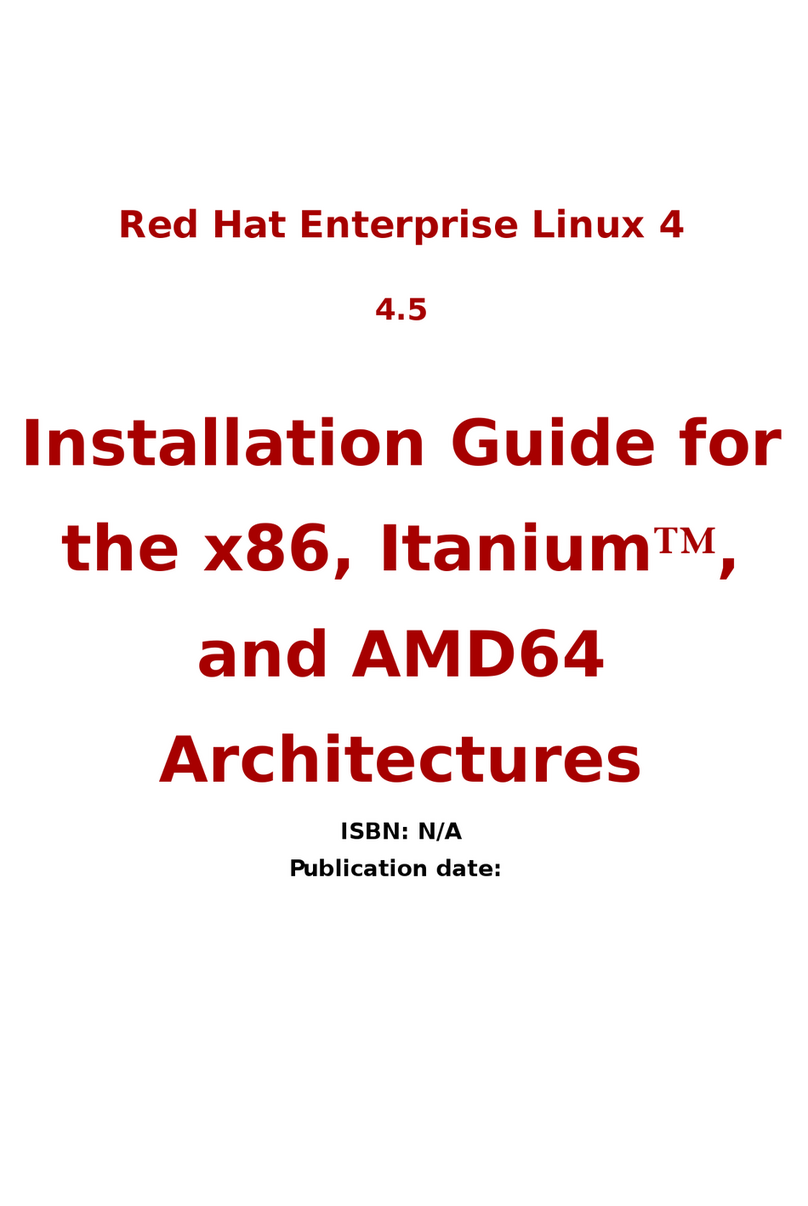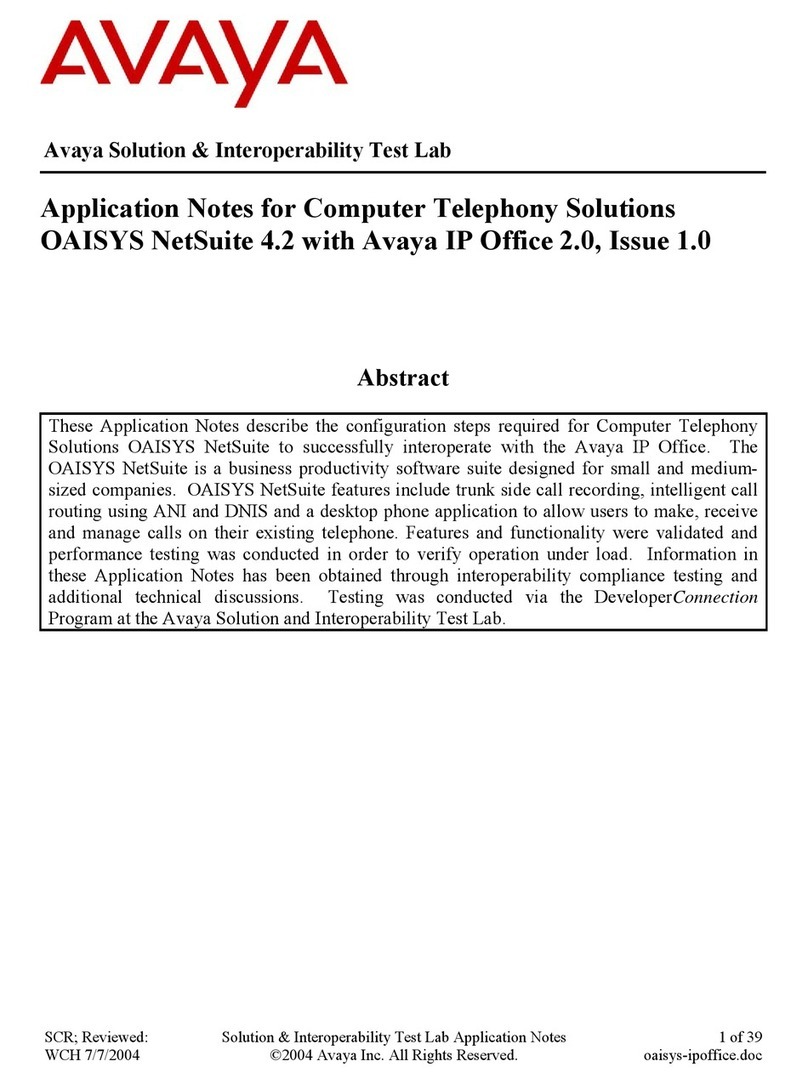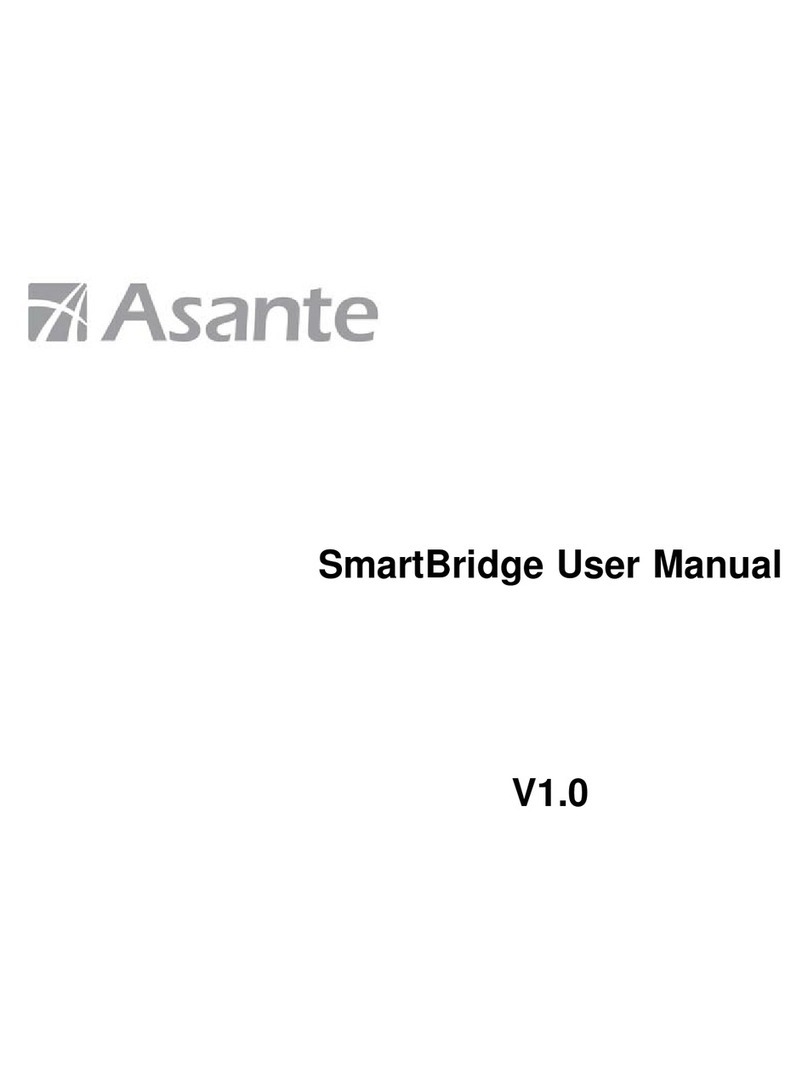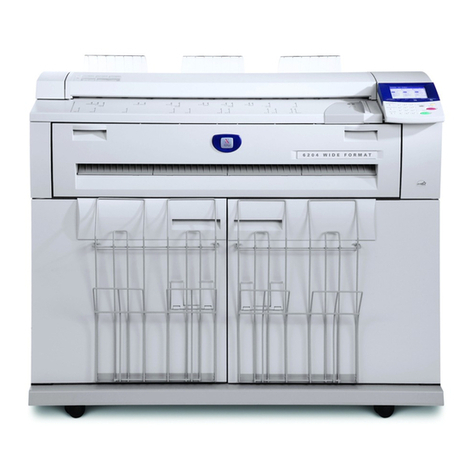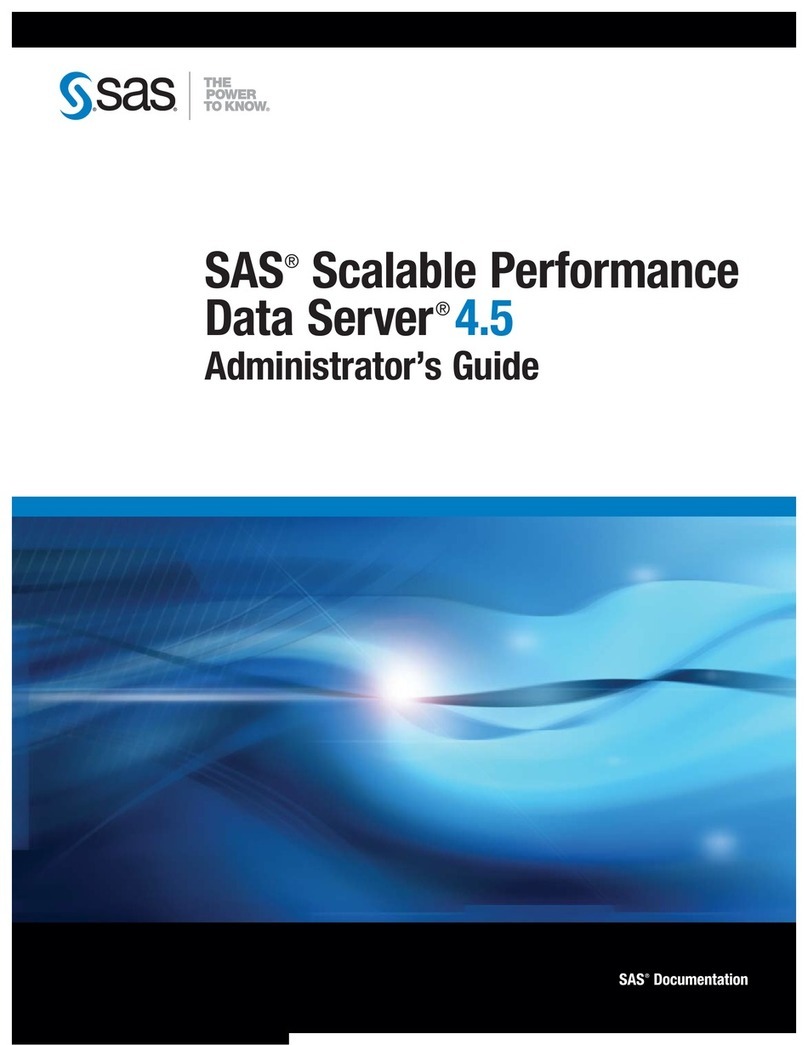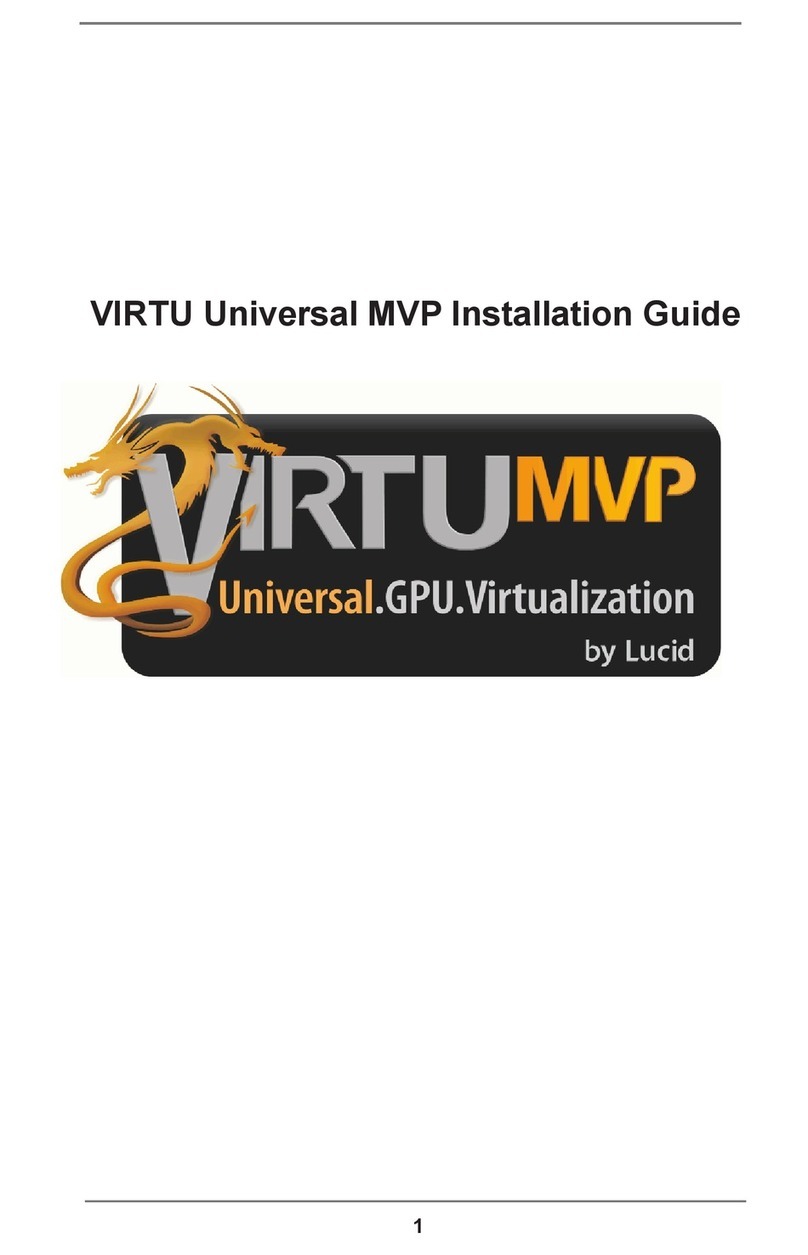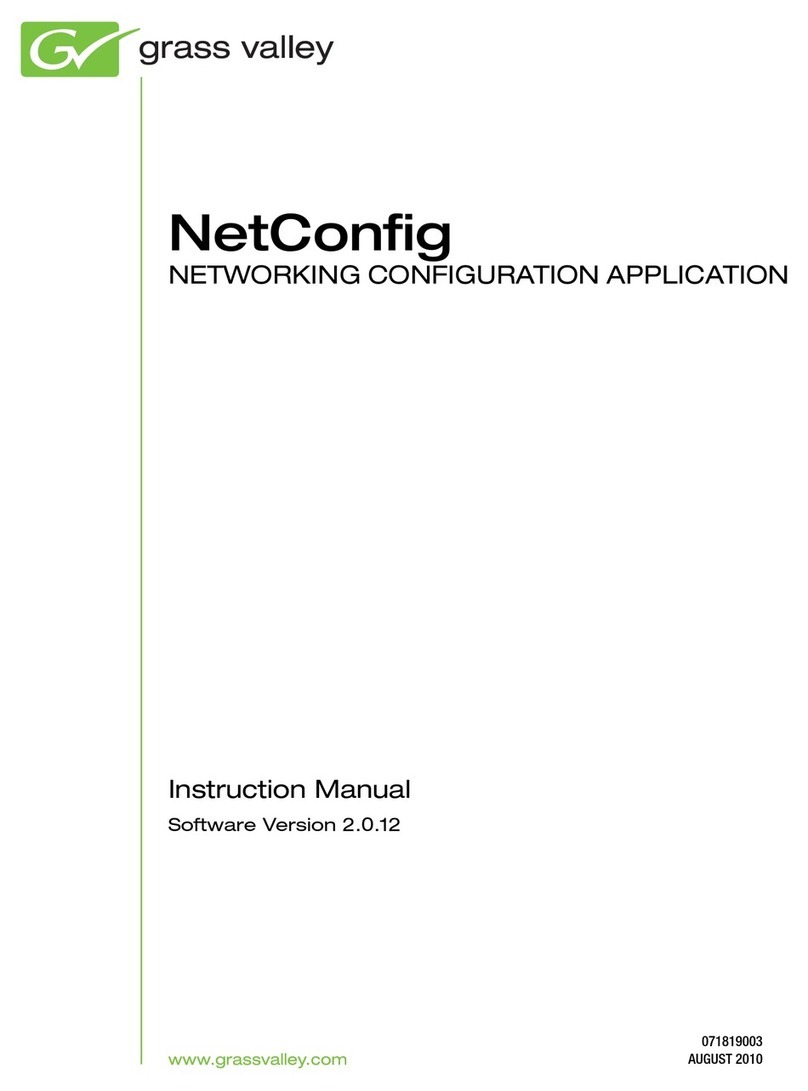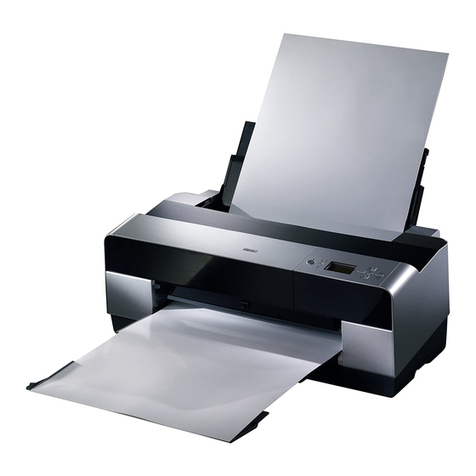
10 Start Here for ModelSim EE
Installation - Windows platforms
Note: Any PC client or server must be connected to a network with TCP/
IP or IPX/SPX. If you are installing on an NT machine, make sure you are
logged in as "administrator" when running the installation program.
ModelSim EE requires a server for proper installation. Your server can be
one of the following:
• A stand-alone PC with a FLEXlm security key attached. (The PC acts
as both server and client.)
• A Windows server(95/98/NT) witha security keyattached. (Theclient
has no security key.)
• A UNIX server. (The client nor server have a security key; the server’s
hostID provides the same locking function as the security key.)
Installing the FLEXid security key
Attach the FLEXid security key (FLEXid is printed on the key) to the
parallel port of the PC server or stand-alone PC (key drivers are loaded
during installation). If a printer or other device is using the parallel port,
install the security key on the port first, then attach that device to the key.
The security key will not interfere with normal device operations.
Please remember to protect your security key; Model Technology will
replace a defective key, but not one that is lost or stolen.
Installation and setup for a PC server
Follow this process to set up a floating license server on a PC. If you are
installing ModelSim on a stand-alone PC, the license is still a considered
floating license. If you are using a UNIX server see: "Setup for a UNIX
server" (p12).
1Run the ModelSim installation.
• Install from the CD - install will auto-run when you insert the CD, or
you can click on the CD icon.
• Install from an FTP file - run the installation executable as noted
below.
The password-protected ModelSim installation executable (mti52ee.exe)
and documentation file (ee_docs.zip) are available within the version-
numbered directories at:
ftp.model.com/pub/EE/
Place the unzipped documentation files in the modelsim\docs directory
after ModelSim is installed.
